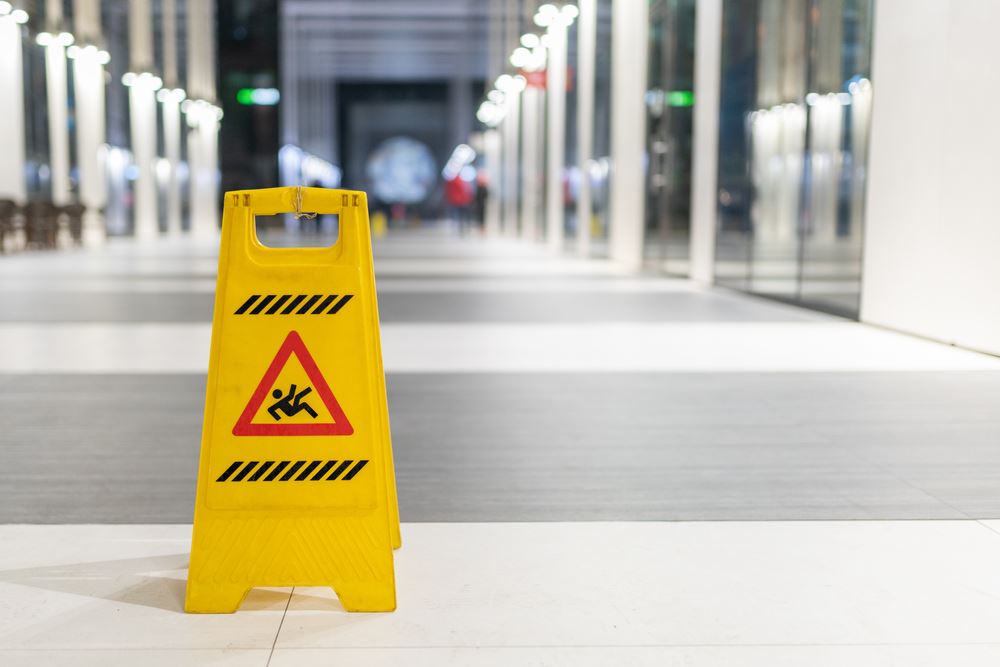Spring Update: Trip and Falls on Public Property
This article is about trip and falls that happen on public or government property like a sidewalk, public washroom or public park. For more information about trip and falls on Private Property or on Commercial Property, please see related articles.
Common causes of trip and falls on public property
Spring thaw brings with it the potential for uneven sidewalks, loose steps and cracks in the ground. Spring in Ontario is often called “Pothole Season” for the crumbling streets and pavements that characterize this time of year. Each year the city launches an annual blitz to repair infrastructure that lasts well into April. In the meantime potholes and other obstacles pose a danger to pedestrians and cars alike.
The Government has a legal duty to keep public property reasonably safe
Under the Municipal Act, 2001 a municipality has a legal duty to keep roads and public sidewalks from falling into a state of non-repair. Non-repair has been interpreted to mean an unreasonably dangerous condition which prevents a person from using the road or sidewalk in a safe manner.
Non-repair is a high standard to meet and the onus is on the injured party to prove. Expert evidence will usually be required to prove a non-repair state. The government will undoubtedly also cite expert evidence to defend itself. Unfair as it may seem, the government has purposefully set a high standard to prevent the large number of lawsuits that would likely result with a lower standard.[1]
Example of a successful claim
Despite the difficulties of proving a claim against the government, there are many examples of successful government-related claims. One such example is Bourgoin v. Leamington (Municipality). The case involved an elderly lady who injured her ankle after stepping in a 1 ¼ inch hole on a public sidewalk. In its decision, the court placed a lot of emphasis on the town’s neglect in following its own policy requiring holes greater than ½ inch to be patched.
If you or a loved one has been injured in a trip and fall it is important to speak with an experienced lawyer right away.
[1] Stojadinov v. Hamilton (City) [1988] O.J. No. 2038 (Ont. H.C.).



